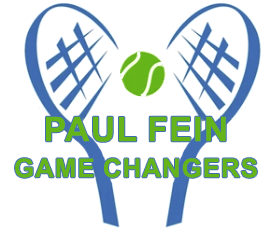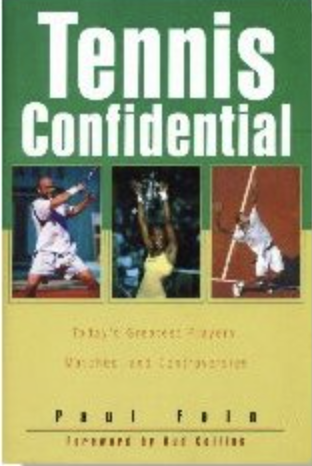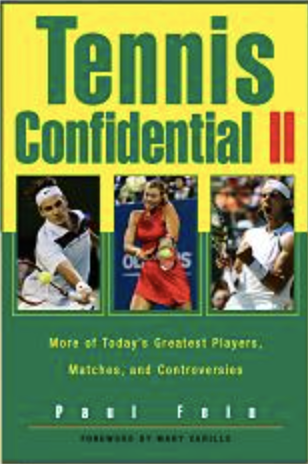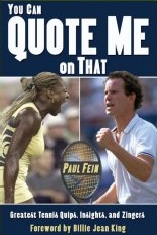Does Mirra Andreeva have a complete game at age 17?
Hits: 10
Experts have touted Mirra Andreeva as a future star. The only difference of opinion concerns her game.
Christopher Clarey, on sabbatical from The New York Times, wrote on his Substack:
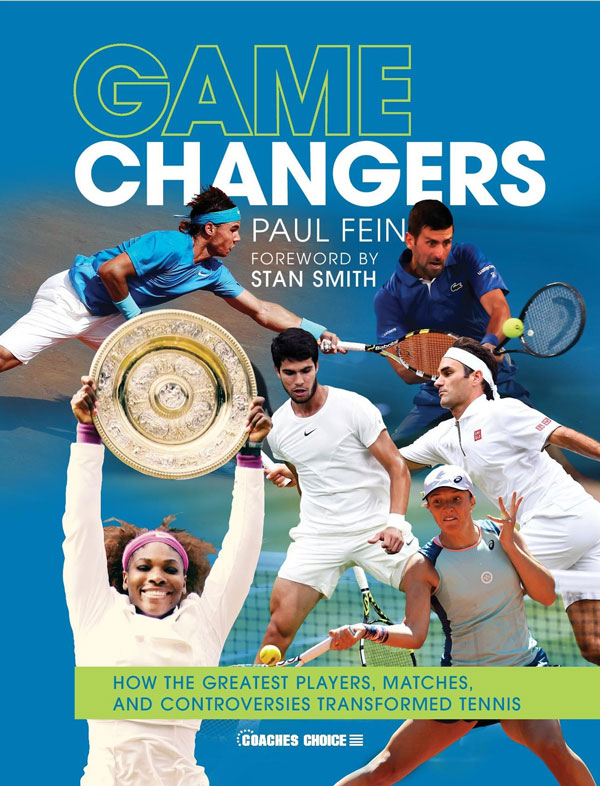
"Andreeva, a Russian teen with a temper and precociously complete game, defeated the top two players in the world — Iga Swiatek and Aryna Sabalenka — in back-to-back three-setters to win the women’s tournament at age 17. Her victory in Dubai last month, where she also beat Swiatek, was clearly just the beginning when it comes to big titles, and she is the third youngest women’s singles champion in Indian Wells after Martina Hingis in 1998 and Serena Williams in 1999."
Matt Futterman, the tennis scribe for The Athletic, disagreed: “Those are pretty astounding notches to have on the belt, especially for a player who seems so far away from being a complete product. There’s little doubt she can get much stronger in every department and she is already inside the WTA top 10. Andreeva is now hitting 126 mph first serves that have even surprised her, adding the ability to dictate and create aggressive situations from all over the court to her already formidable variety and defense.”
Tennis Channel analysts Tracy Austin and Martina Navratilova believe the Russian prodigy has what it takes to become a champion. Austin, a teen queen who captured two US Opens before injuries derailed her brilliant career, said, “Her forehand is so much improved. Her incredible shot is a forehand slice on the run. To have Conchita Martinez as her coach is an absolute genius. She watched motivational videos from Lebron James, who advised, ‘If you can’t be 100% physically, you have a choice to be 100% mentally.’ She’ll win Grand Slams for sure.”
Navratilova, who racked up an Open Era record 59 Grand Slam titles in singles, doubles, and mixed doubles, said, “She has no weaknesses. She has really good technique. She loves competing. She’s not scared. I love it. She’s like a sponge. She takes everything in. She brings notes to the court.”
My verdict is close but not identical to that of Clarey, Austin, and Navratilova. However, it’s almost impossible for any player to have a “complete game” at 17. Tennis is much too complex and nuanced a sport technically, tactically, athletically, physically, and psychologically.
That said, Andreeva’s shortcomings are relatively minor and remediable. First, her traditional backhand volley needs more power. Her forehand serve return needs more confidence, so she doesn't resort to slices on big points. Her high backhand return of serve—a tough shot for many pros—should be struck earlier so she can attack it in the strike zone. Finally, her shot selection varies from brilliant to questionable, similar to that of Carlos Alcaraz.
Andreeva’s versatility and creativity should help her excel on grass and clay, the specialty surfaces. Here is where Martinez will likely teach her the most. Conchita upset nine-time Wimbledon champion Navratilova in the 1994 Wimbledon final. Martinez was even better on clay. Besides reaching the French Open final, she captured the Italian Open singles title four consecutive years. The savvy Conchita, who captained Spain's Fed Cup and Davis Cup teams, boasted a high-bouncing topspin forehand, and she may encourage Mirra to add more topspin on clay.
Andreeva has been compared to Martina Hingis, a teen queen who won five singles and nine doubles Grand Slam titles. Hingis returned serve and volleyed better, but Andreeva’s serve and overhead are much better.
So far, Andreeva’s best results have come on hard courts, the easiest surface to master. We’ll find out soon enough how complete Mirra's game is on clay, particularly at Roland Garros, where four-time queen Iga Swiatek reigns. This should prove fascinating and revealing.
Paul Fein — March 25, 2025
